【網路中國節▪中秋】世界各地的“月亮節”
人類對於月亮總有特別的情懷,在世界不少國家,都有與月亮有關的節日。
People always hold special feelings for the moon. Many countries in the world celebrate moon-related festivals.
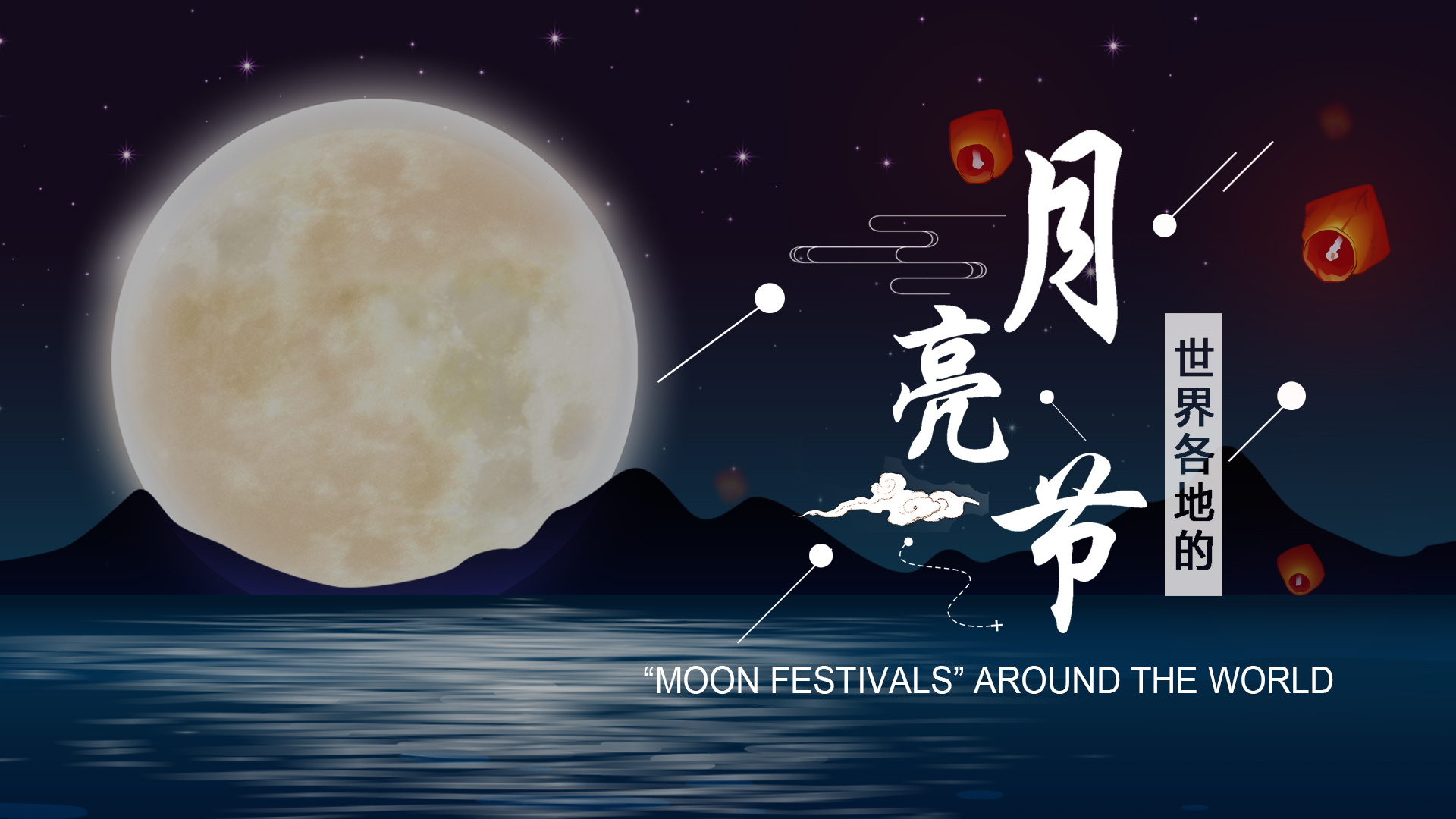
農曆八月十五日,是中國傳統的中秋佳節。自古以來,中秋便是寄託情感的最佳時節。月餅最初是用來祭奉月神的供品,後來人們逐漸把中秋賞月與品嘗月餅,作為家人團圓的一大象徵。
The Mid-Autumn Festival in China falls on the fifteenth day of the eighth month of the Chinese lunar calendar. Since ancient times, Mid-Autumn Day has been the best time to express emotions. Mooncakes were originally offerings to the goddess of the moon. Later, eating mooncakes and appreciating the moon are gradually regarded as a symbol of family gatherings.
與中國鄰近的幾個亞洲國家都在農曆八月十五這天過節,但是並非叫中秋節,慶祝節日的方式和美食既有相似也有不同。
Several Asian countries near China share the celebration on this day, only that not all of them call this festival the Mid-Autumn Day. They have various ways to celebrate the festival, and people eat different food on this day.
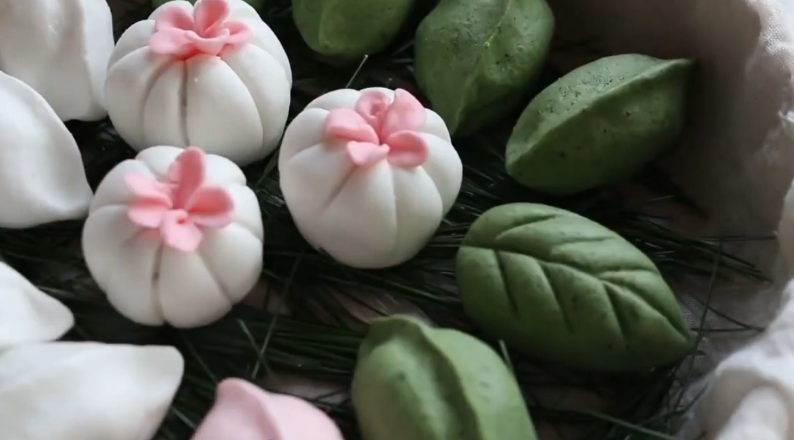
南韓人稱中秋節為“秋夕節”。秋夕在南韓是最重要的節日之一。南韓在農曆八月十五日這天,最重要的是全家人要團聚到爺爺奶奶家,祭拜祖先,然後一起賞月。南韓獨特的中秋食物——松糕,形如半月,用米粉製成,內餡是豆沙、棗泥等,因蒸時墊有松毛而得名。
The Koreans call this day “Chuseok”, which is one of the most important holidays for them. Onthefifteenth day of the eighth lunar month, the Koreans would go to their grandparents’, worship their family ancestors, and appreciate the moon. Songpyeons, or pine cakes, are the Korean traditional food for Chuseok. These half-moon-shaped rice cakes typically contain sweet fillings like red bean paste and date paste. Songpyeons are steamed over a layer of pine needles, and that’s where the name songpyeon comes from — “song” means pine tree.
泰國人把中秋節叫做“祈月節”。泰國首都曼谷市在祈月節前夕就會張燈結綵,熱鬧非凡。農曆八月十五之夜,男女老少都要參拜月亮。既然是過節,美食當然少不了,中秋節前後正好是柚子最好吃的季節,柚子又大又圓,也象徵“團圓”。泰國是一個華裔頗多的國家,月餅也是節日美食,融合了當地特産,特別流行榴蓮餡的月餅。
The Thai also celebrated the Mid-Autumn Day, and they call it the Moon Festival. Before the festival, everywhere in Thailand’s capital Bangkok will be festively decorated. On the night of the festival, everyone worships the moon. Gourmet foods are of course indispensable for a Festival. At that time,pomelos taste best; the big and round pomelos also stand for “family reunion”. There’re a lot of people in Thailand who have Chinese ancestry, so mooncakes are also a festival food. The mooncakes in Thailand incorporate local features, for example, durians are made into popular mooncake fillings.
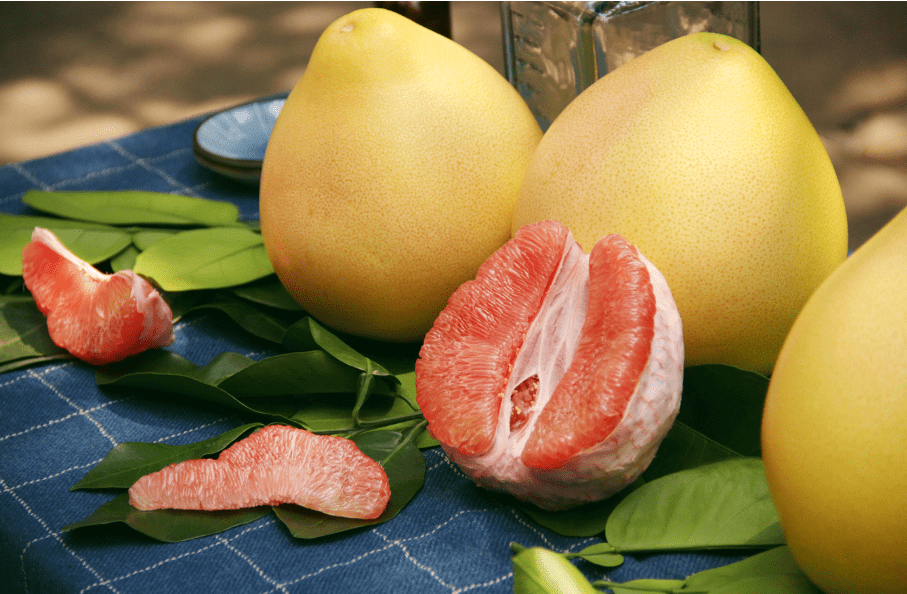
日本人稱中秋節為“月見節”。日本人過中秋吃的不是月餅,而是江米做的“糰子”,它形狀各異,餡兒以豆沙為主。
In Japan, the Mid-Autumn Festival is named Tsukimi or Otsukimi (literally means moon-viewing). Unlike the Chinese, who eat mooncakes to celebrate the festival, the Japanese usually eat eating rice dumplings called Tsukimi dango, which come in various shapes and mainly have red bean paste as fillings.
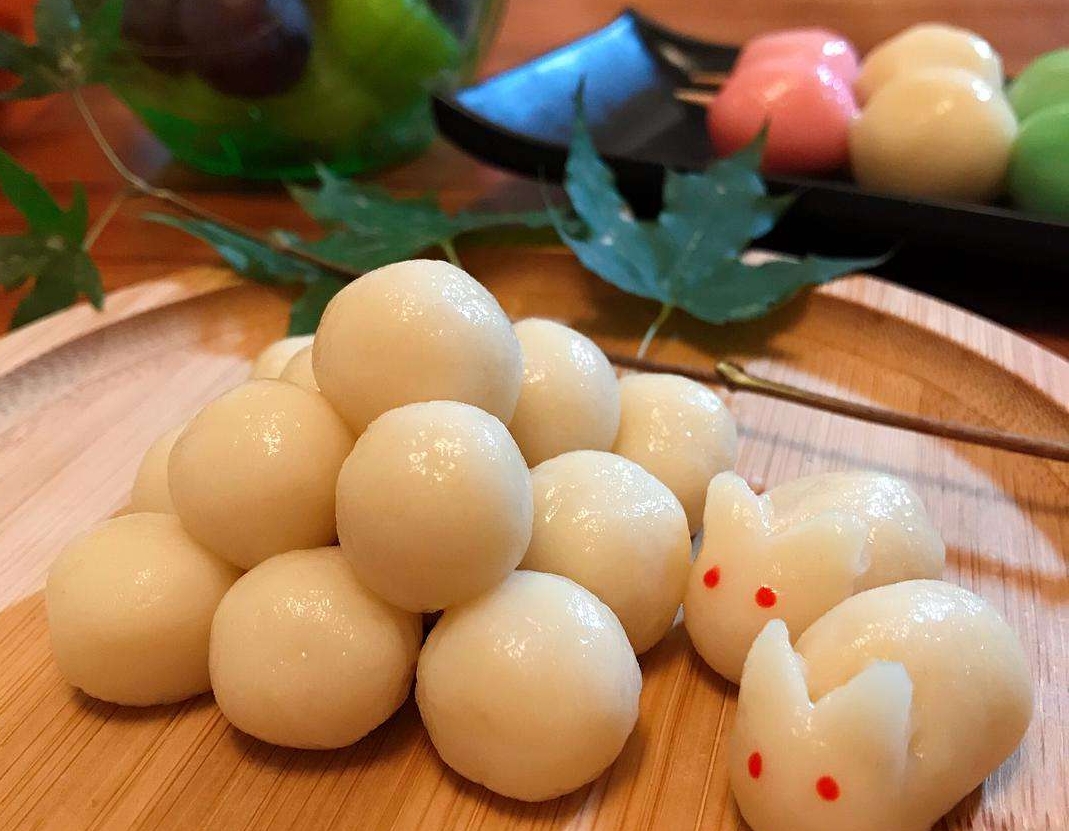
與中國一樣,越南人也在農曆八月十五過中秋節。所不同的是,這一天同時還是越南“兒童節”。當天,家長們會帶著孩子們去遊樂場玩耍。
In Vietnam, people celebrate Têt-Trung-Thu (tet-troong-thoo) on the fifteenth day of the eighth month of the lunar calendar. The day is also regarded as the Children’s Festival in Vietnam. On that day, parents would take children to amusement parks.
中秋節可並非都在農曆八月十五這天,由於地理位置的不同月圓之日也不同。
Not all “Mid-Autumn Days” are celebrated on the fifteenth day of the eighth month of the lunar calendar. That’s because on different locations, the full moon occurs on different days.
在中國,只有1個中秋節。但是在這個國家,一年要過12次,且每次都放假,它就是熱帶島國,印度洋上的“明珠”——斯里蘭卡。斯里蘭卡的“月圓節”,是按佛歷習俗流傳的,每月當月亮圓時,就要過一次“月圓節”。
China celebrates the Mid-Autumn Festival only once a year. But in this country, it’s a monthly holiday – Sri Lanka, a tropical island country renowned as the “pearl” on the Indian Ocean. Celebrated on every full moon day of each month, Full Moon Poya Days are important for Buddhists in Sri Lanka who observe the lunar calendar.
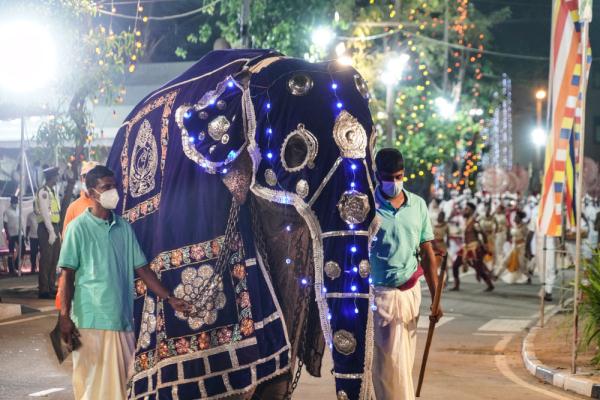
在坦尚尼亞,每當西曆九月的月圓之夜是坦尚尼亞的“月圓節”,人們來到空曠處,圍成一個個圓圈,默默地坐下,直到月亮高懸空中,人們才打破沉默,並舉行慶祝活動,歡度一年一度的節日。
Tanzania’s full moon holiday falls on the full moon night in September. On that day, people come to an open area, sit in a circle silently, and won’t celebrate the annual holiday until the moon is high up in the sky.
“海上生明月,天涯共此時”。雖然各國舉辦“月亮節”的時間不一,風俗各異,但都不約而同地傳達著人們對自然的敬畏、對豐收的喜悅、對親情的重視。
A line in a famous Chinese poem reads: “As the bright moon shines over the sea, from far away you share this moment with me.” Although different countries have their own time and customs concerning the “moon holiday”, they share the awe for nature, the joy from harvest and the importance they attach to family.










